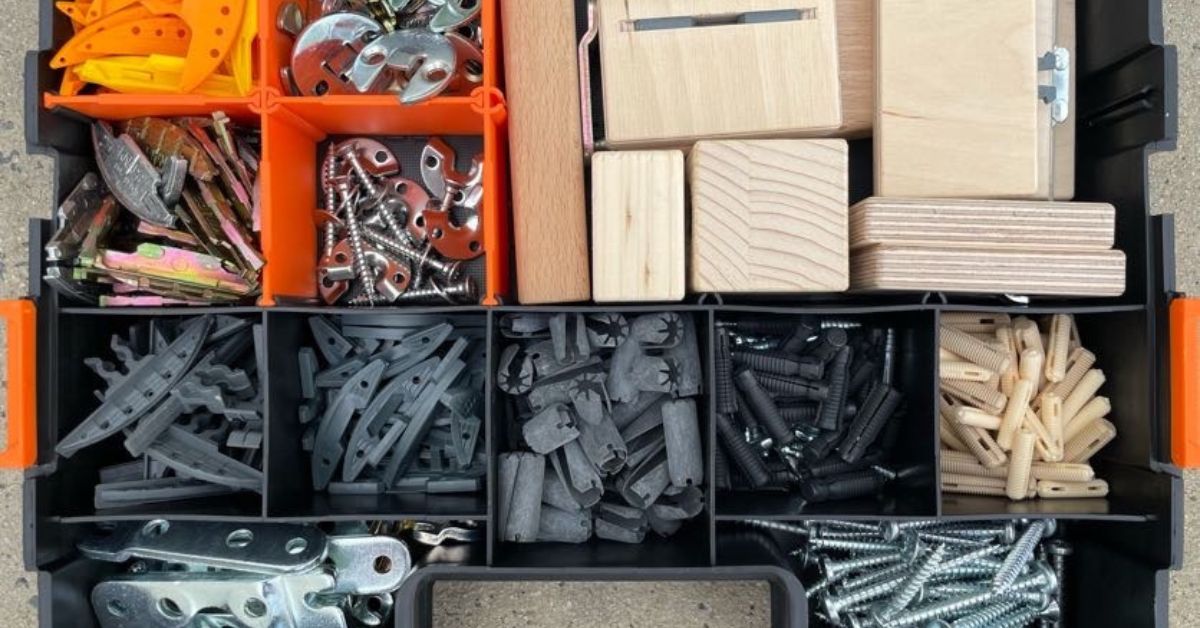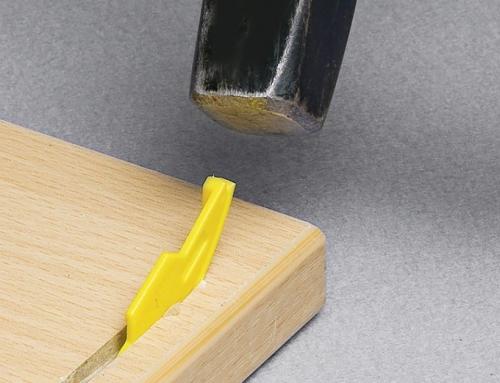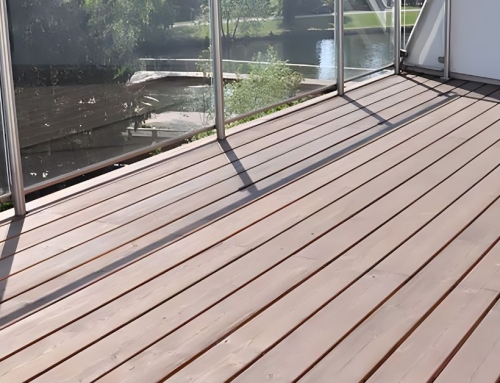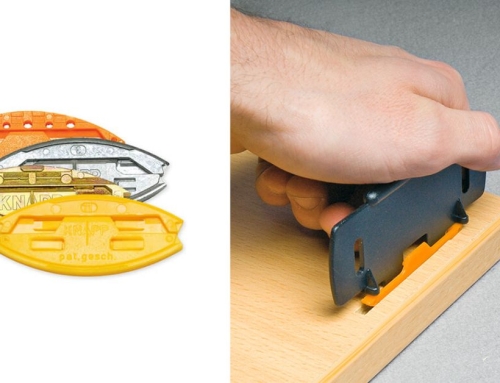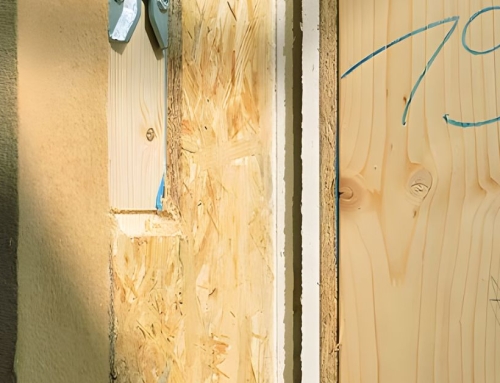Woodworking is an age-old craft that combines the elegance of nature with the intricacies of human creativity. Wood has always been a canvas for artistic expression, from the simplest carvings to the most complex inlay designs.
You’ve likely encountered the fascinating world of inlay techniques if you’ve ever marveled at the intricate patterns and designs in wooden furniture or decor. In this complete guide to inlay techniques in wooden designs, we will explore the ins and outs of these mesmerizing methods, offering insights and tips to help you discover the beauty hidden within the grain of wood.
The Magic of Inlay
Inlay work transforms the mundane into the extraordinary. It’s like adding a sprinkle of pixie dust to wooden surfaces, creating captivating patterns and images. By embedding pieces of contrasting materials such as metal, shells, or different types of wood into a base wood surface, inlays create decorative effects that are subtle and striking. This art form has graced everything from furniture and musical instruments to floors and jewelry boxes.
The History of Inlay Techniques
The story of inlay techniques stretches back centuries, tracing its roots to various cultures around the globe. Ancient Egyptians employed inlays to embellish their furniture and artifacts, while artisans in India and Persia created intricate patterns using precious stones and metals.
The Italian Renaissance saw a revival in marquetry, a form of inlay using veneers, which became a hallmark of European interior design. Today, this rich tradition continues to evolve, blending classic methods with modern technology.
Materials That Make the Magic
Inlay artists have a treasure trove of materials, each bringing its charm to a piece. Wood is the most common base, prized for its versatility and warmth. For the inlay itself, materials range from metals such as brass and copper to stones such as marble and turquoise.
Even more luxurious choices, such as mother-of-pearl and abalone shells, add iridescence and depth. Many choose these materials for their aesthetic appeal and their ability to complement and contrast the base wood.
Tools of the Trade
Creating inlay designs is like sculpting with tiny details. Therefore, the tools used resemble those of a jeweler rather than a carpenter. Precision saws, chisels, and scalpels are essential for cutting intricate shapes.
Adhesives, clamps, and sandpaper help secure and finish the inlay, ensuring it fits seamlessly into the base. Modern technologies, such as laser cutters and CNC machines, have opened new possibilities for artisans, enabling them to achieve unimaginable levels of detail.
The Technique Palette
Inlay work is as diverse as the imagination itself, with various techniques offering distinct styles and effects. Marquetry involves applying thin veneers of wood or other materials and creating images and patterns on flat surfaces. Parquetry focuses on geometric patterns commonly found in flooring.
Boulle work, named after the French craftsman André-Charles Boulle, combines metal and tortoiseshell to dazzling effect. Each technique demands a unique skill set and offers endless possibilities for creativity.
Designing Your Inlay Masterpiece
The design phase is where creativity meets planning. It involves sketching patterns, choosing materials, and deciding on color contrasts. A good design considers the natural grain and color of the base wood, using these elements to enhance the inlay.
Attention to detail is paramount, as even the smallest misalignment can disrupt the piece’s overall harmony. Some artists use templates to ensure precision; others rely on freehand skills honed over years of practice.
Preparing the Base Wood
You must prep the base wood to perfection before applying the inlay. This step involves smoothing and leveling the surface to eliminate any imperfections. Artists may stain or dye the wood to create a uniform background or accentuate the grain’s natural beauty depending on the desired effect. Preparing the base is crucial for ensuring the inlay adheres properly and lasts for generations to come.
Cutting and Fitting the Inlay
Creating the inlay itself is where patience and precision come to the fore. You must meticulously cut and shape each piece to fit snugly into its designated space. This step often requires multiple test fittings, as any gaps or cracks can compromise the design’s aesthetic. The true craft ensures the inlay appears as if it’s always been part of the base, a seamless fusion of form and function.
Securing the Inlay
Once the pieces fit together like a jigsaw puzzle, it’s time to secure them. This step involves using strong adhesives to hold the inlay without damaging the materials. You should also be wary of excess glue seeping onto the surface, affecting the finish. Clamps or weights can apply even pressure while the adhesive sets, ensuring a durable bond.
Finishing Touches
The final inlay process involves sanding and finishing the surface to achieve a smooth, polished look. Sanding removes any excess material and ensures the inlay is flush with the base wood. Use finishes such as oils, lacquers, or waxes when you finish sanding to enhance the colors and protect the wood from wear over time. These finishing touches are crucial for bringing out the full beauty and character of the inlay work.
Exploring Modern Innovations
Today’s artisans have access to a host of modern innovations that enhance traditional inlay techniques. Laser cutting, for example, allows for incredible precision and complexity in designs that would be impossible by hand. Some artists incorporate digital design tools to plan and visualize their work before executing it. These innovations open new possibilities for creativity, pushing the boundaries of what’s achievable in wood design.
Finding Your Creative Voice
Finding one’s creative voice is key for those interested in exploring inlay techniques. This involves experimenting with different materials and designs to discover what resonates most. Each artist brings their unique perspective to the craft, whether inspired by nature, geometry, or abstract art. The joy of inlay work lies in its endless possibilities, offering a medium for self-expression and artistic exploration.
This complete guide to inlay techniques in wooden designs offers a blend of art and craftsmanship. The intricate patterns and diverse materials breathe life into the wood, transforming functional objects into works of art. For those interested in exploring this craft further, consider how elements such as a furniture joint connector from Knapp Connectors can contribute to your creations. The world of inlay is vast and varied, inviting enthusiasts to uncover the stories hidden within each piece of wood.


